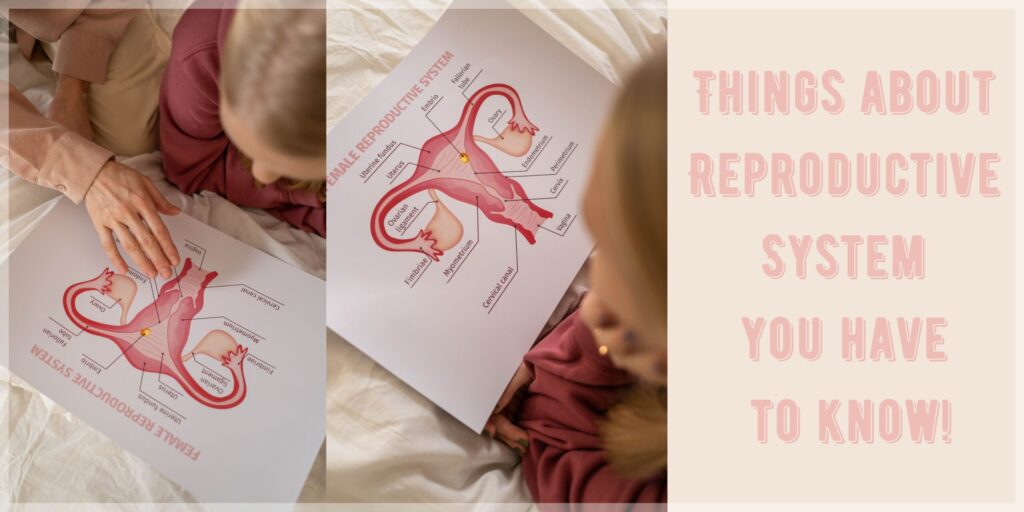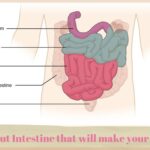The reproductive system functions and its types are explored in this article. The main responsibility of this system is to ensure the survival of its species. Other systems, including the endocrine and urinary systems, are always working to maintain homeostasis to ensure a person’s existence. For the species to persist, at least some people must create offspring to live healthy and happy lives. Male and female reproductive systems comprise a group of internal and exterior organs that act in concert to produce offspring. The gonads are the major reproductive organs that are responsible for the production of gametes and hormones. The secondary or accessory structures are responsible for the transport and maintenance of the gametes as well as the development of the offspring. New life is born when a woman’s egg is fertilised with a man’s sperm. The ovaries produce eggs, aka ova, while the testicles produce sperm. Sex hormones are also produced by the ovaries and testicles, aka gonads.
Female reproductive system
The fallopian tubes, ovaries, and uterus make up the female reproductive system. The vagina is a 7.5-inch-long muscular tube extending from the womb’s neck to the genitals, or vulva, which is the female reproductive organ. Muscular organ resembling an upside-down pear, the uterus is also known as the “womb.” The endometrium is the medical term for the endometrial, the lining that surrounds the uterus. The cervix, which is the neck or entrance to the womb, contains a tiny hole in its centre known as the ‘os’. On either side of the womb are the two fallopian tubes. Both have their openings near the ovary. The task of moving the egg from the ovary to the uterus falls to them. The ovaries are two almond-shaped glands that produce ovulation. The ovaries are also responsible for producing a variety of endocrine and sexually active substances. The reproductive system functions contain the production of egg and sperm cells.
Male reproductive system
The penis, the testicles, the epididymis, the vas deferens, and the prostate gland are all part of the male reproductive system. Blood-filled tissue in the penis causes the penis to become erect or “hard” during sexual stimulation. Sperm and fluid from the male reproductive system make up semen. In the process of ejaculation, it escapes through the urethra. Males have two testicles (also known as scrotum testicles or testicles) that are oval in shape and house sex glands. The testicles are essential for the manufacture of sperm as well as the release of sex hormones. For sperm production, keeping the testicles out of the body lowers the body’s temperature, which is necessary. Each testicle contains an epididymis, a network of small tubes. The epididymis is responsible for collecting and storing sperm in the rectum. The epididymis develops into the vas deferens, a bigger tube that carries sperm to the urethra, the urine canal, from whence it is released into the testes. Prostate, seminal vesicles, and bulbourethral glands are examples of accessory sex glands. The sperm receives nourishment from these glands. The reproductive system functions encompass nurturing the developing offspring and production of hormones.
Healthy tips to maintain the reproductive system
A protective cup is usually a good idea for boys who participate in contact sports. Football, boxing, and ice hockey are all examples of contact sports. It is best to wear a cup to protect the testicles from harm. Testicular cancer can be detected by performing a self-exam every month. The reproductive system functions include transporting and maintaining egg and sperm cells. Be sure to change your tampons every four to six hours if you are a female. When tampons are left in for too long, they can cause toxic shock syndrome, which can be fatal. An emergency has arisen. Toxic shock syndrome symptoms appear rapidly and might be lethal. Fever, shock, and malfunctions of several organs are all symptoms of this illness. A monthly self-exam for the detection of breast cancer should also become a habit for young women. When you are young, it’s a good idea to have regular breast exams, even if you don’t have any symptoms. It will give you a better sense of what is normal for your own body.



